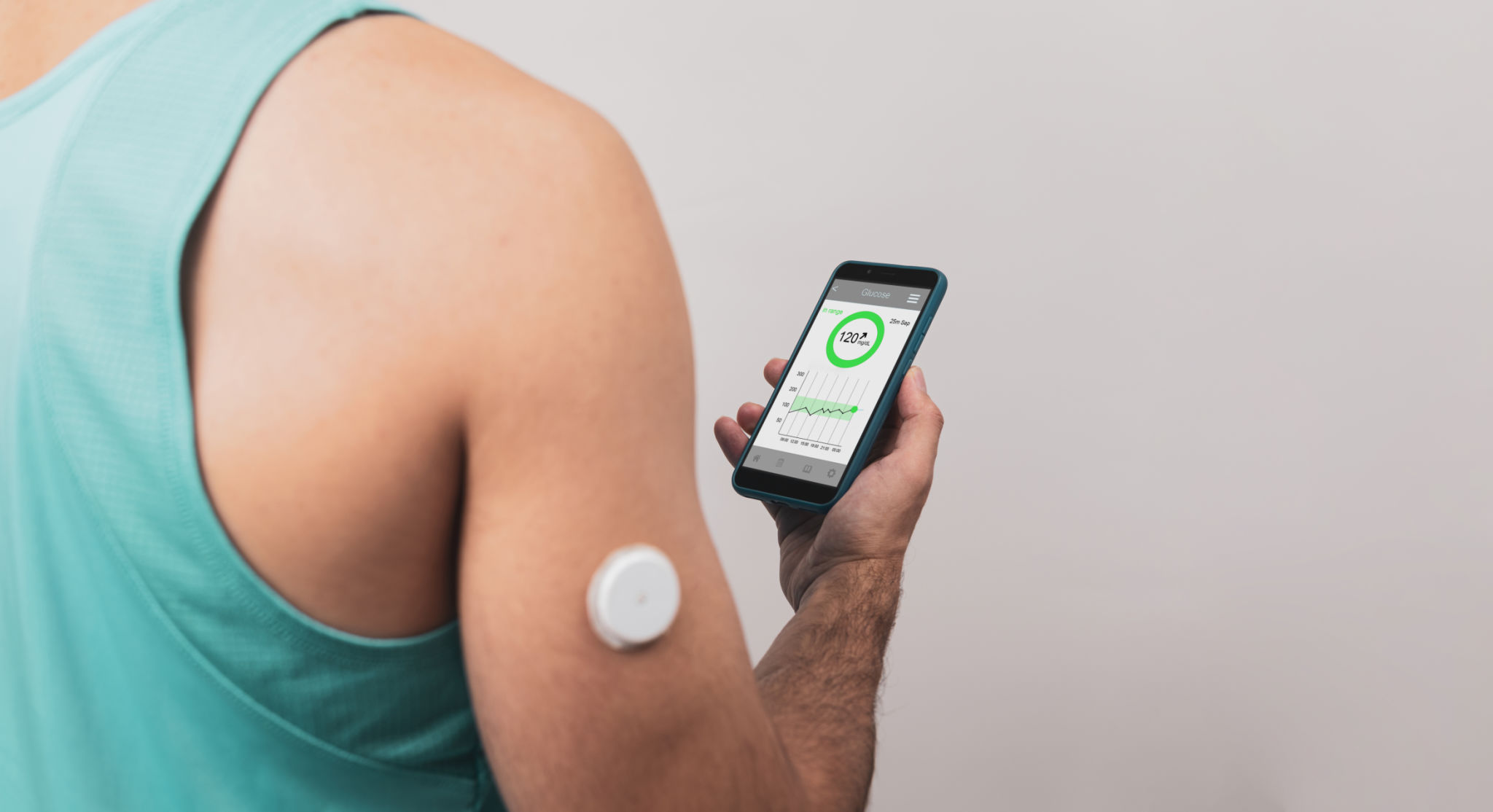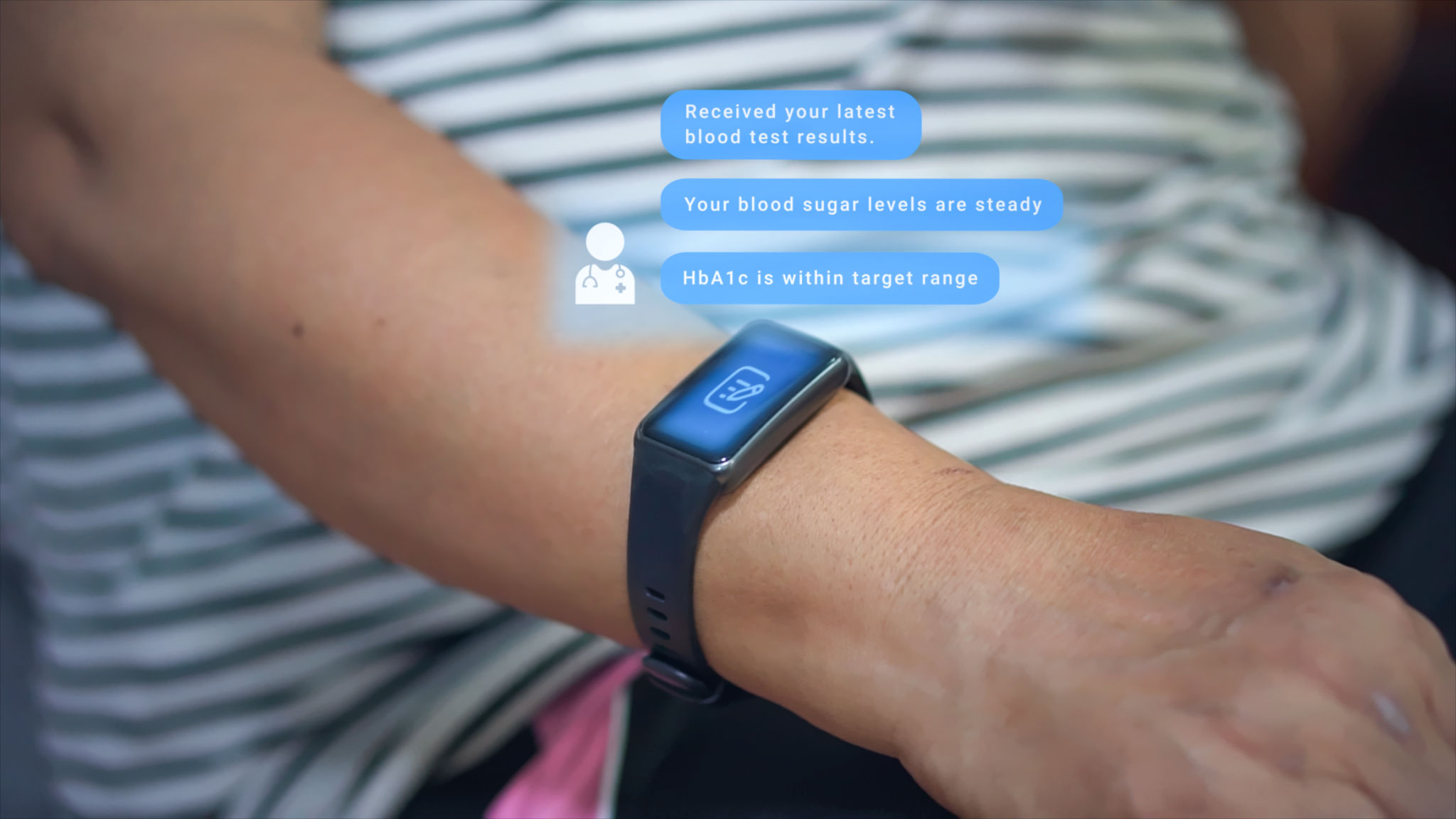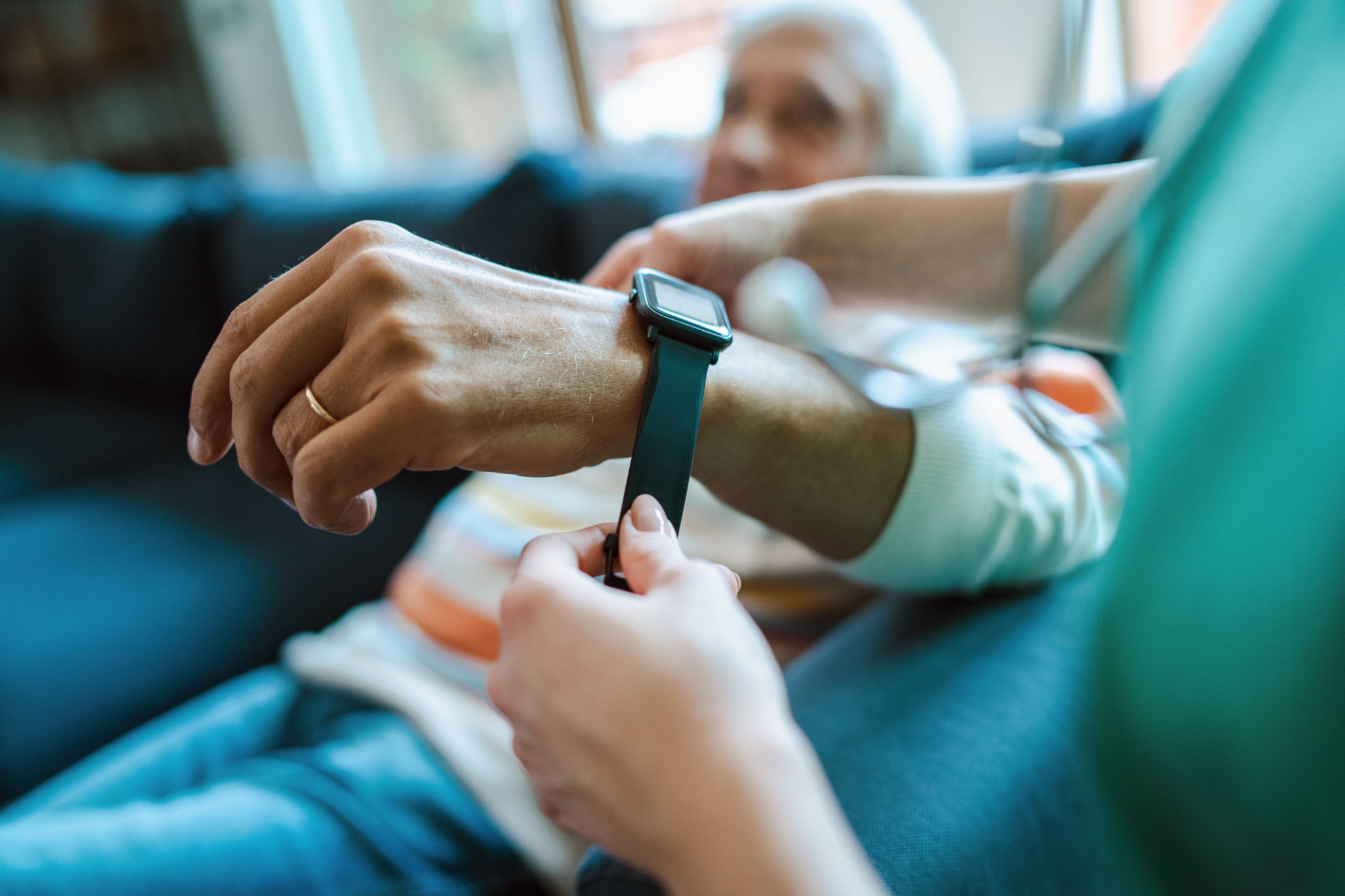Trends in Glucose Monitoring Technology: A Comprehensive Guide
The Evolution of Glucose Monitoring Technology
In recent years, the landscape of glucose monitoring technology has undergone significant changes, providing new opportunities for individuals to manage their health more effectively. Traditional methods of glucose monitoring, which often involved painful finger pricks and cumbersome equipment, are increasingly being replaced by more advanced, user-friendly options. This evolution is driven by technological advancements and a growing emphasis on personalized healthcare.

Continuous Glucose Monitors (CGMs): A Game Changer
One of the most transformative advancements in glucose monitoring technology is the development of Continuous Glucose Monitors (CGMs). These devices provide real-time data about glucose levels, offering a significant advantage over traditional monitoring methods. CGMs work through sensors placed under the skin, which continuously measure glucose levels and send data to a display device or smartphone app. This continuous data stream allows for better tracking and management of glucose levels, helping users make informed decisions about their diet and lifestyle.
Integration with Smart Devices
Integration with smart devices is another trend shaping the future of glucose monitoring. Many modern CGMs now offer compatibility with smartphones and smartwatches, allowing users to access their glucose data conveniently. This integration not only enhances user experience but also enables better data analysis and sharing with healthcare providers. For instance, alerts can be set up to notify users and their caregivers if glucose levels reach dangerous thresholds, providing an additional layer of safety and support.

The Role of Artificial Intelligence
Artificial intelligence plays a crucial role in advancing glucose monitoring technologies. By leveraging AI, these devices can analyze patterns in glucose levels and predict future trends. This predictive capability can help users anticipate fluctuations and take preventive actions to maintain optimal health. Moreover, AI-driven insights can empower healthcare providers to offer more personalized advice and treatment plans based on individual patient data.
Non-Invasive Monitoring Solutions
Non-invasive glucose monitoring solutions are gaining attention as a promising alternative to current methods. These technologies aim to eliminate the need for skin penetration, making the process more comfortable for users. Research in this area is ongoing, with potential solutions including optical sensors that measure glucose levels through the skin or wearable patches that analyze sweat or interstitial fluid. Although still in early stages, non-invasive options hold great promise for transforming diabetes management.

The Importance of Data Security
As glucose monitoring technology becomes more integrated with digital platforms, ensuring data security is paramount. With sensitive health data being transmitted and stored electronically, it is essential to protect this information from unauthorized access. Manufacturers are increasingly focusing on incorporating robust security measures into their devices and platforms, such as encryption and secure authentication processes, to safeguard user data.
The Future of Glucose Monitoring Technology
The future of glucose monitoring technology looks bright, with ongoing research and development paving the way for even more innovative solutions. From advancements in sensor technology to improved data analytics capabilities, the potential for enhancing diabetes management continues to grow. As these technologies evolve, they promise to offer individuals greater control over their health, ultimately improving quality of life for those living with diabetes.

The trends in glucose monitoring technology underscore the importance of innovation in healthcare. As these advancements continue to emerge, they hold the potential to not only improve diabetes management but also inspire broader changes in how we approach chronic disease care. By embracing these new technologies, individuals and healthcare providers alike can work towards a future where managing diabetes is more efficient and less invasive.